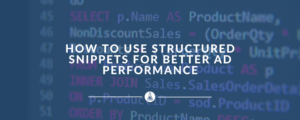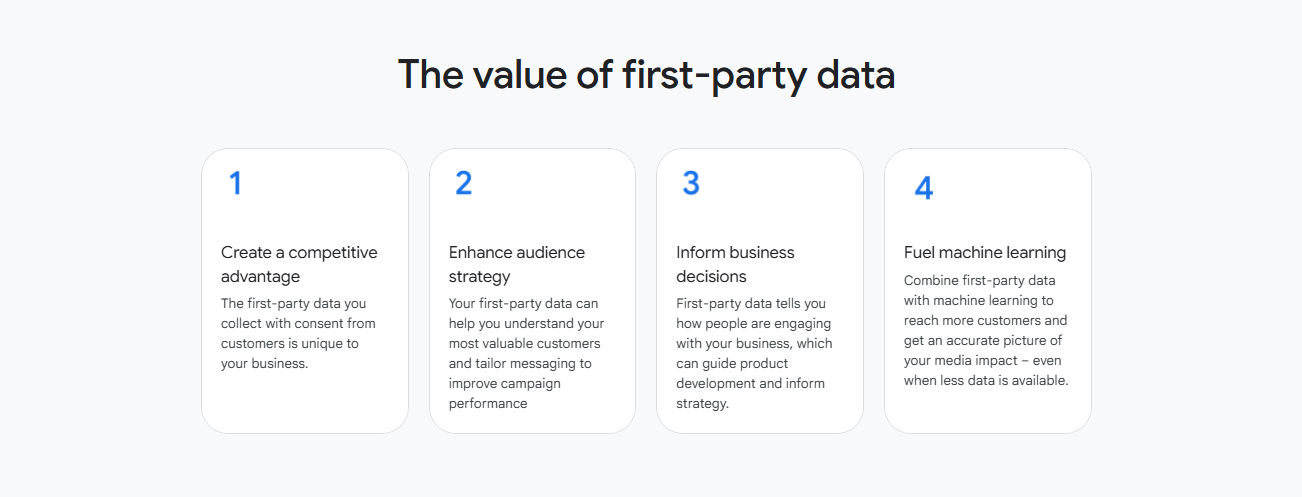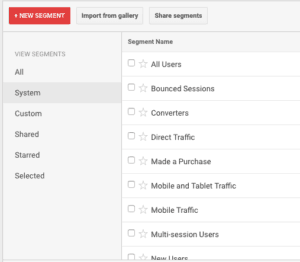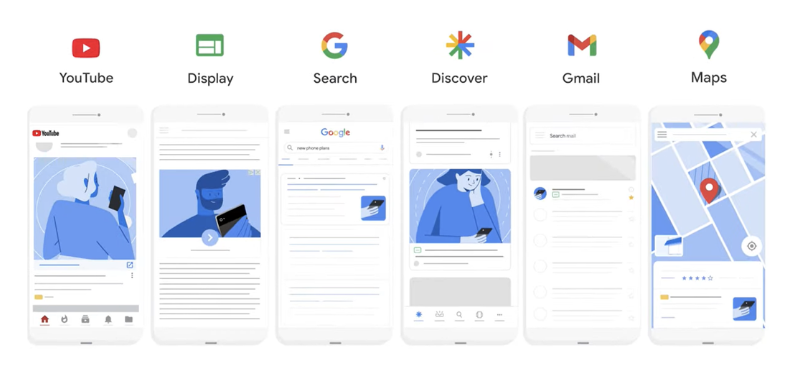As third-party cookies fade into digital history, advertisers are facing a seismic shift in how they collect, analyze, and activate user data.
In this privacy-first era, first party data has become the cornerstone of successful PPC campaigns — offering a reliable, consent-based alternative for targeting and personalization.
Instead of relying on external tracking pixels, brands are now focusing on email lists, CRM insights, website behavior, and purchase history to understand their audiences.
At the same time, contextual targeting is making a major comeback.

By aligning ads with the content users are actively engaging with — rather than tracking their digital footprint — marketers can achieve relevance without invading privacy. Combining first party data with smart contextual placements and micro-segmentation allows advertisers to stay competitive, compliant, and conversion-focused in 2025.
If you’re still optimizing campaigns with outdated data sources, it’s time to evolve. The future of PPC belongs to those who own their data — and know how to use it.
Table of Contents
What Is First-Party Data and Why It Matters
In the evolving world of digital advertising, first-party data is no longer optional.
This type of data is collected directly from your audience through your own channels, such as website visits, app interactions, purchase activity, email sign-ups, or customer surveys.
Unlike third-party cookies, which are collected by external platforms, first-party data is transparent, consent-based, and fully controlled by you.
What makes it so powerful is its accuracy and relevance. It reflects real customer behavior and preferences, making it ideal for building audience segments, personalizing ads, and improving campaign performance.
With stricter privacy laws and the phase-out of third-party cookies across major browsers, advertisers must rethink how they track and target users — and that starts with owning their data.
Moreover, platforms like Google Ads and Meta are already prioritizing first-party signals within their algorithms.
Brands that feed high-quality data into these systems gain access to better lookalike audiences, smarter bidding strategies, and more relevant ad placements.
In essence, your ability to compete now depends on how well you capture and activate your own data.
Contextual Targeting Is Making a Comeback
As privacy regulations tighten and cookie-based tracking declines, advertisers are returning to one of the oldest but most powerful targeting strategies — contextual targeting.
Instead of tracking users across the web, contextual ads focus on where an ad appears, not who is viewing it. This means ads are placed based on the content of the page, matching the message to the user’s current interest or intent.
For example, a fitness brand promoting protein bars might place its ad on articles about post-workout nutrition or healthy snacks. This approach feels more natural, less invasive, and often more effective — especially when paired with strong creatives and a relevant call-to-action.
In 2025, contextual targeting is enhanced by AI and natural language processing.
Google Ads can now analyze page themes, tone, and sentiment — not just keywords — to serve ads in highly relevant environments.
This creates better user experiences and higher engagement rates, especially as people grow more aware of (and resistant to) hyper-personalized tracking.
Together with first-party data, contextual targeting becomes even more powerful. Brands can blend intent-based placements with real customer signals — delivering ads that make sense in the moment while remaining compliant with privacy standards.
Combining First-Party Data and Contextual Targeting in Google Ads
Success in modern PPC doesn’t come from choosing between data and context — it comes from combining both.
When first-party data meets contextual targeting, advertisers unlock a powerful synergy: deeply personalized messaging delivered in the right environment, at the right moment.
Let’s break it down.
Start with your data. Use the insights you already have:
Who are your best customers?
What pages do they visit on your site?
What do they search for before purchasing?
This information can be organized into custom segments in Google Ads — such as high-intent visitors, returning users, or email subscribers. These audiences are more likely to engage and convert.
Then layer on context. Use Google’s keyword and topic targeting to ensure your ads appear next to content that reflects the intent of your audience.
For example:
A travel agency can show ads to past website visitors reading blogs about summer vacations.
An online bookstore can target subscribers who are browsing articles about book recommendations.
Even without third-party tracking, this combination creates relevance and timing — two pillars of effective advertising.
Use Performance Max or Discovery campaigns to let Google’s AI optimize placements across Search, Display, YouTube, and Gmail.
But don’t go fully hands-off.
Provide high-quality creative assets, set clear goals, and regularly review placements to stay aligned with your brand voice and audience intent.
The key is to think in signals, not surveillance.

First-party data gives you the signal of who to target. Contextual placements show you where and when. Together, they make your PPC strategy smarter, safer, and ready for the future.
How to Collect First-Party Data Effectively
The success of any first-party strategy starts with how well you collect and organize your data.
In a privacy-first world, it’s not just about gathering information — it’s about doing it transparently, ethically, and with clear value for the user.
Here are the most effective ways to collect high-quality first-party data:
Optimize Your Lead Capture Forms
Simplify forms on landing pages, popups, and gated content. Ask only for the information you truly need — name, email, or preferences. The easier the process, the higher the conversion rate.
Tip: Use multi-step forms to reduce friction.
Leverage Email Subscriptions and Newsletters
Encourage sign-ups with value: exclusive content, discounts, or early access.
Segment subscribers from the start (e.g., interests, location) to feed more detailed audiences into Google Ads.
Use On-Site Behavior and Event Tracking
Track how users interact with your site — what they click, what they read, and how long they stay.
These behavioral signals can be captured via Google Tag Manager and used to build custom remarketing audiences in Google Ads.
Collect Data Through Loyalty Programs or Member Portals
Returning customers are a goldmine for data.
If you have a login or account system, use it to gather and connect information over time: purchase history, frequency, cart size, and preferences.
Run Interactive Campaigns
Polls, quizzes, and surveys (especially via social or landing pages) not only drive engagement but also reveal valuable intent signals — like what problem your product helps solve or what motivates a purchase.
Integrate with Your CRM and Google Ads
Make sure your CRM or email marketing platform is connected to Google Ads.
This allows seamless syncing of custom audiences based on lifecycle stages, behavior, or transactions.
We live, breathe & Dream Paid Traffic
Key Metrics for Privacy-First PPC Success
In a world where user data is limited and every signal matters, measuring success in PPC requires a more thoughtful, focused approach.
Traditional metrics like impressions and clicks still hold value, but they no longer tell the full story — especially when campaigns are powered by first-party data and contextual relevance rather than third-party tracking.
Today, advertisers need to look deeper.

Metrics like engagement rate and conversion quality have become more important than sheer volume.
It’s not about how many people saw your ad, but how well your message resonated with those who did. Understanding intent through behavior on the landing page — time on page, scroll depth, and click-through to next steps — provides clearer insight into what’s working and what needs refining.
Cost efficiency also looks different now.
Return on ad spend remains crucial, but it must be evaluated alongside customer lifetime value, especially when your audience comes from your own email list or CRM. These users are warmer and more likely to convert again, making retention just as important as acquisition.
When working with contextual targeting, placement-level performance deserves close attention. Are your ads appearing on pages that align with your message? Do those environments support the tone of your brand?
Instead of optimizing for the lowest CPC, it’s smarter to optimize for relevance and long-term brand equity.
As data privacy continues to evolve, attribution becomes more complex. Rather than chasing complete visibility, successful advertisers focus on high-quality touchpoints, clean data collection, and clear performance signals — even if they’re fewer than before.
Conclusion
The digital advertising landscape is undergoing a profound transformation. With third-party cookies disappearing and privacy regulations tightening, advertisers must pivot to smarter, more respectful ways of reaching their audience.
First-party data and contextual targeting are no longer optional tactics—they are essential strategies for sustainable success.
By owning your data and combining it with AI-powered contextual placements, you create campaigns that are not only effective but also privacy-compliant and user-friendly. This approach builds trust with your customers, enhances relevance, and ultimately drives better results.
Embracing this new paradigm requires commitment and adaptation. But those who do will gain a competitive edge in the evolving world of PPC — one where quality, relevance, and respect for privacy reign supreme.
Check out more blog posts:

Top Tips for Creating Ad Creatives Using Gemini and ChatGPT
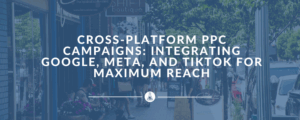
Cross-Platform PPC Campaigns: Integrating Google, Meta, and TikTok for Maximum Reach
